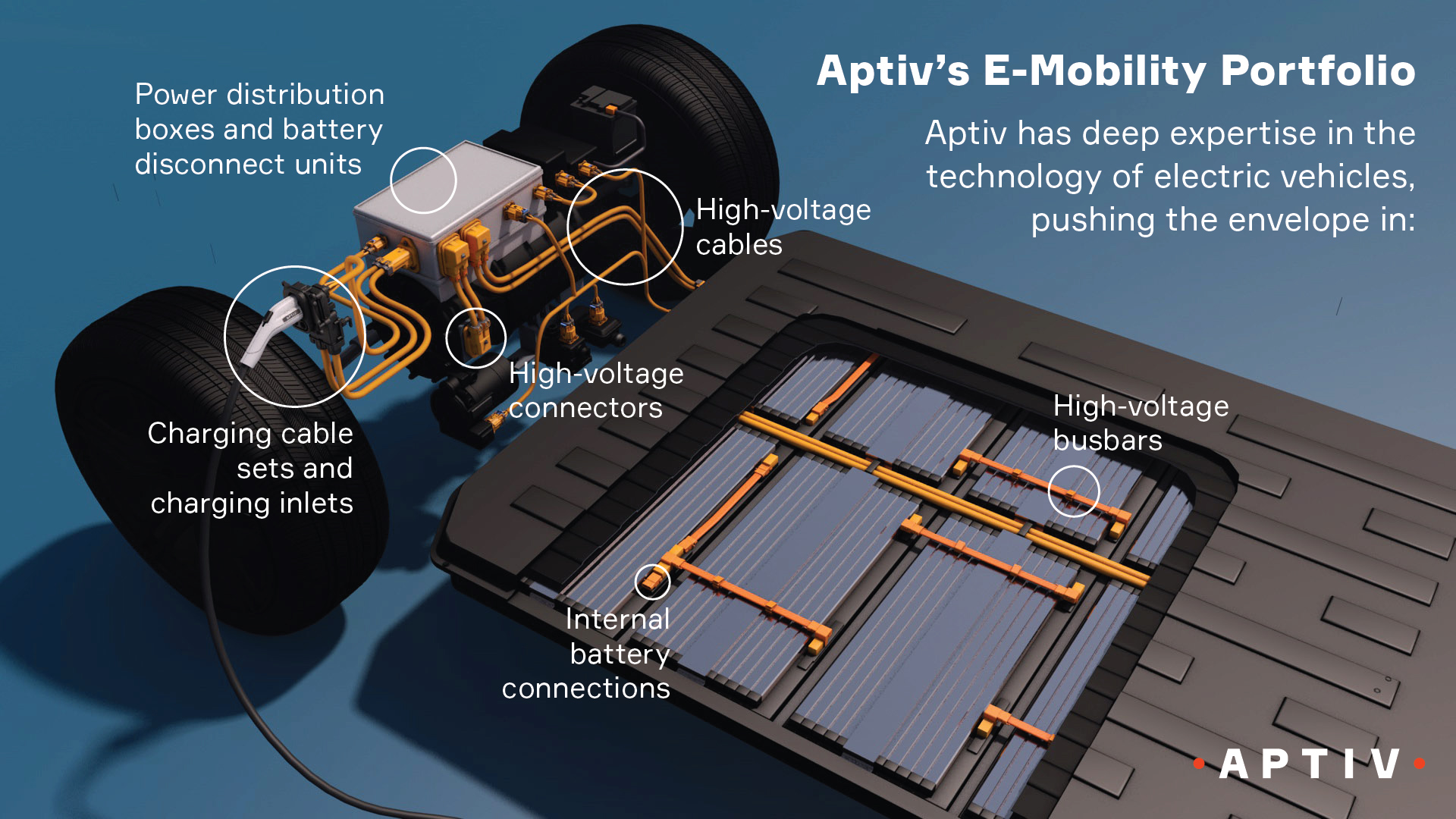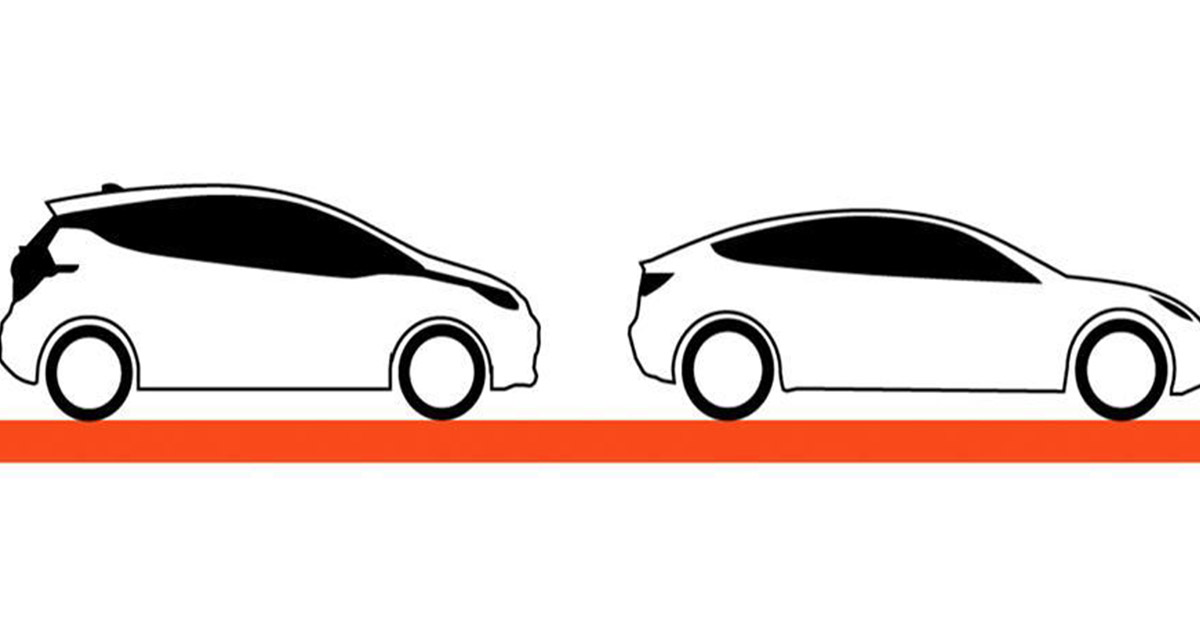The numbers are sobering. A typical passenger vehicle emits 4.6 metric tons of CO2 every year. Transportation has replaced power production as the largest source of greenhouse gases in America. Air pollution is the No. 1 environmental cause of death in the European Union. For a world striving for a greener path to mobility, the stakes have never been higher.
Fortunately, there is an answer: electric vehicles, with their ability to reduce well-to-wheel CO2 emissions by up to 50%. But accelerating their adoption still poses a significant challenge. Time is of the essence, and OEMs are looking for automotive partners that can help them address today’s EV manufacturing challenges, fast.
Changing people’s minds about charging
While U.S. electric vehicle sales increased by 81% in 2018, one major hurdle stands in the way of broader EV adoption:
range anxiety. More than half of consumers considering an EV purchase are afraid they will run
out of power before being able to recharge their car, and 49% cite concerns about the availability
of chargers to keep their vehicle fully powered.
A larger, more powerful battery might help alleviate those concerns, but that trend poses its own problems. Larger batteries take up more space in an already packed EV architecture. They’re heavier, too, which means they’re more expensive
and take more time to charge.
The truth is that range anxiety is more than a battery problem; it’s a whole-car problem, and a whole-car problem requires a whole-car perspective to solve. You can see that whole-car, system-level approach reflected in Aptiv’s comprehensive electrification portfolio. We may not make the larger, more powerful batteries, but we supply the innovations and system-level expertise (both inside and outside the battery pack) that are helping OEMs incorporate the next generation of battery packs into their EV designs.
A portfolio with a whole-vehicle perspective
Take a closer look at any part of an electric vehicle, and you’ll find ample evidence of Aptiv innovation at work. Inside today's more substantial and more powerful battery packs you’ll find any number of our high-voltage busbars. Their flatter
construction design and rigidity is conducive to automated snap-in assembly and more accurate placement by robotic arms.
Also inside the battery is Aptiv’s “boltless” connection system that allows for direct terminal contact to the battery module. This game-changing design allows for automated, finger-safe assembly that makes electric vehicles as safe
to manufacture and service as they are to operate.
Outside the battery pack are other Aptiv innovations that make today’s EVs greener, safer and more affordable. Our PACE Award-winning Selective Metal Coating (SMC) technology reflects our ability to innovate on connection solutions that enable the
use of vertically integrated cable manufacturing expertise. SMC paves the way for fully aluminum wiring harnesses that can reduce cabling mass by up to 50 percent versus copper.
Follow the trail up to the charger inlets, and you’ll come to another example of the Aptiv advantage in electrification. Our inlet portfolio provides a wide range of components and certifications that OEMs are looking for so they can manufacture
EVs on a global scale. Our inlets cover both passively and actively cooled designs, as well as specs for every region in the world where OEMs are making EVs.
These are just a few places where Aptiv is making its mark on electric vehicle evolution. To discover more, we invite you to take a deeper dive into our Connection Systems catalog.
A mission in motion
At Aptiv, we see a future with zero emissions. We’ll get there by accelerating the adoption of electrified vehicles and minimizing those vehicles’ total life-cycle environmental impact. Everything in our electrification portfolio — from our high-voltage wiring and electrical centers to our high-voltage connectors, plug-in chargers and cord sets, to our architecture optimization for mass and weight reduction — is designed to get us to that future, one system-level innovation at a time.

